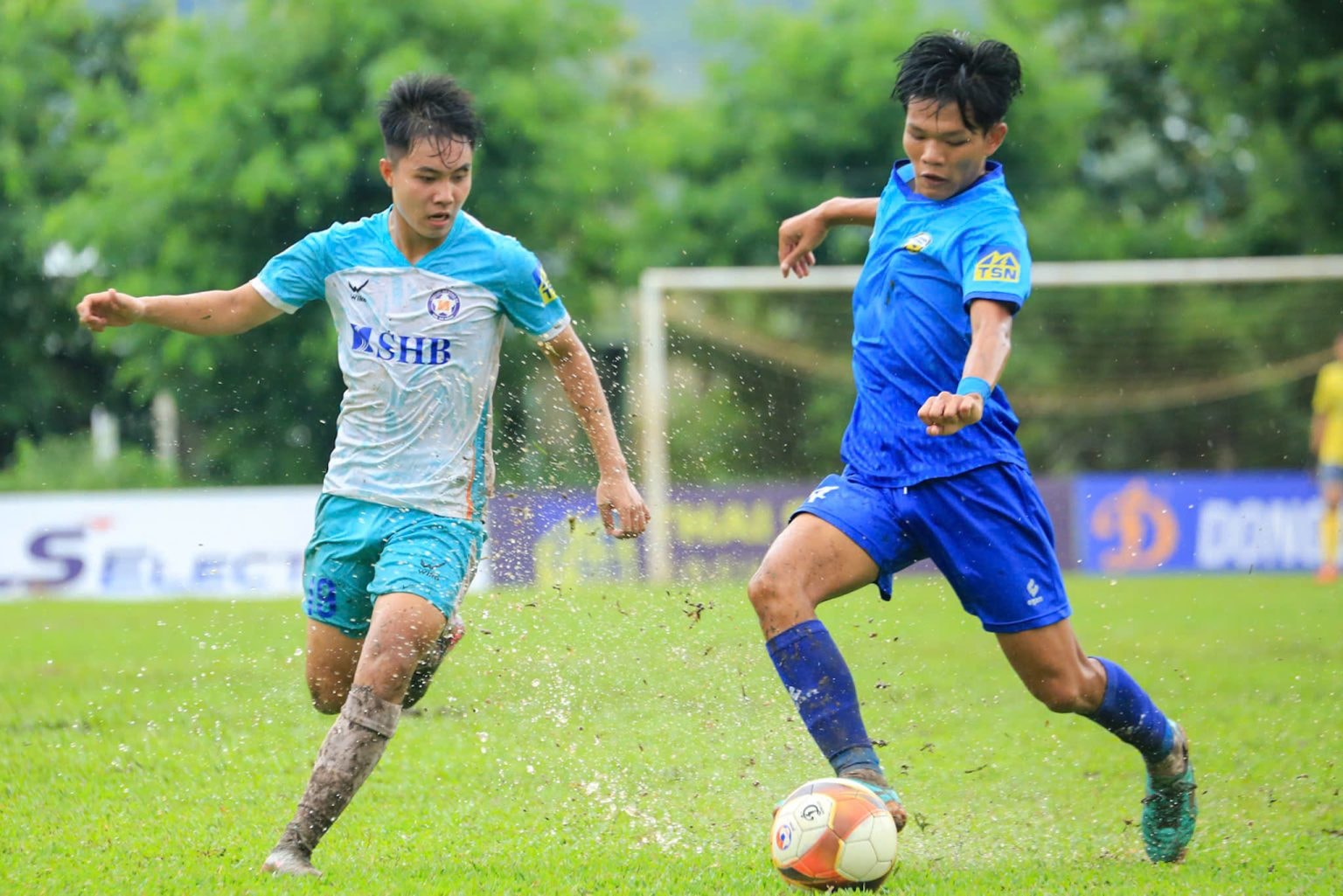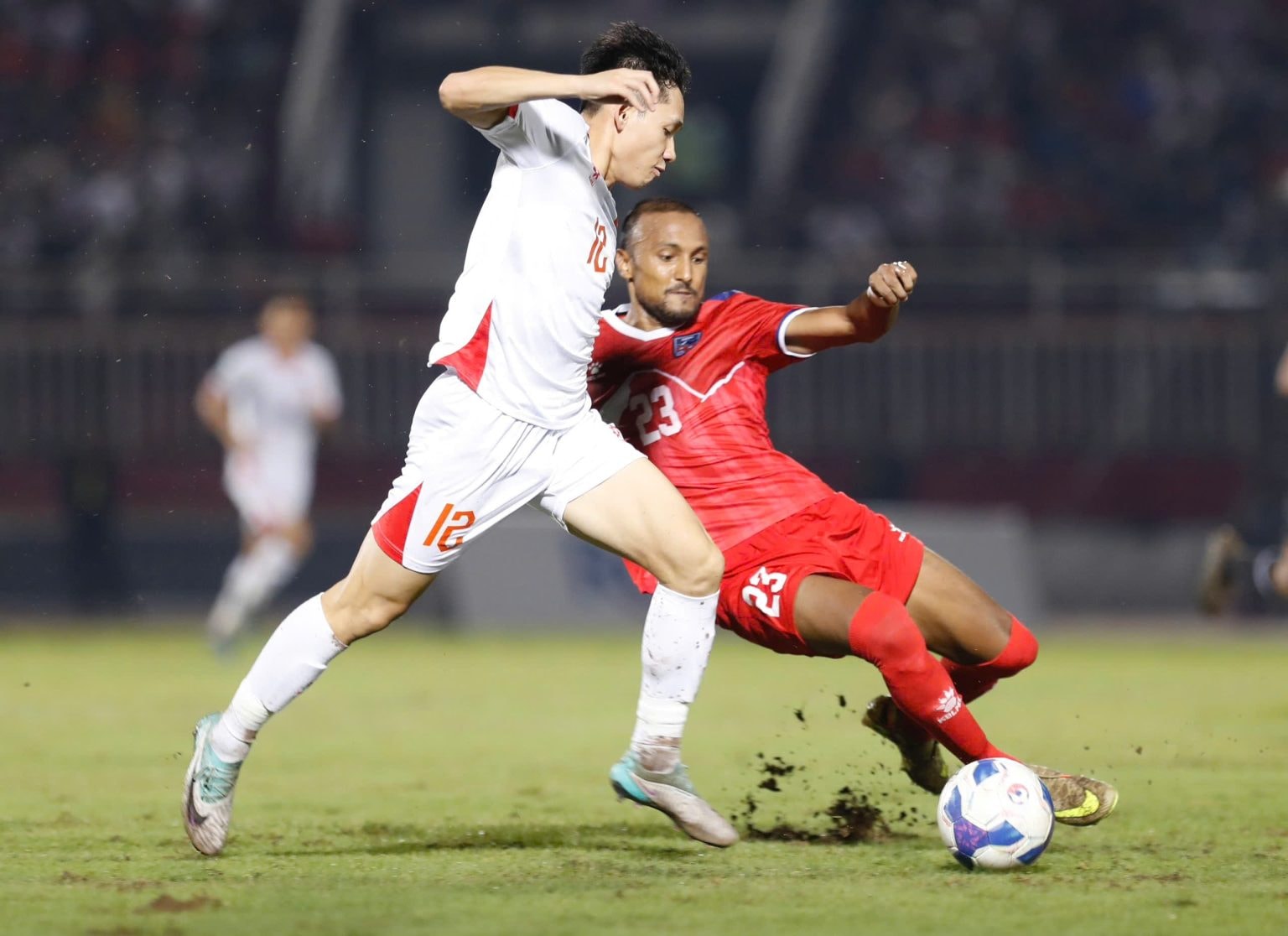Vietnamese football match schedule and some concerns
From Thong Nhat Stadium to the recent National U17 tournament finals, it is clear that Vietnamese football is facing some problems in the organization of tournaments. This causes many difficulties for clubs as well as the Vietnam National Team.
In football, “heavenly time, geographical advantage, and human harmony” are always decisive factors. When these three factors converge, a team can maximize its strength, thereby achieving the best results. However, in Vietnam, these advantages are often lost by the organization - from the national team level to youth tournaments.
First, let’s look at youth tournaments. For many years, most youth tournaments have been held during the most extreme weather of the year. Sometimes the sun is blazing, other times it’s pouring rain. While it’s hard to avoid playing in the summer, it’s clear that the organizers could have arranged the schedule more reasonably – for example, spreading out the competition density or holding matches at later times to give players enough time to recover.

However, the reality is far different. There are tournaments where young players have to compete at a high frequency – one match every two days, sometimes even having to take the field at 1:30 pm in the scorching sun. This not only affects their health but also reduces the professional quality of the matches.
It would not be wrong to say that the hot weather is “lucky” because at least the players get to play on a dry field. As in the recent U17 National Championship, many matches turned into “water battles”. Players had to move, pass the ball, and shoot on a field that was like… a swamp. When the playing conditions are so bad, it is difficult to talk about expertise or discover talent.
Not only youth tournaments, even the National Teams have suffered the same fate. In the recent Asian Cup qualifiers, the decision to hold the competition in October – a time when the Southern region often experiences heavy rains – was a controversial decision.
Under the timeCoach Kim Sang-sik, the Vietnamese team is pursuing a short passing style of play, controlling the ball at medium range. With the slippery and muddy field, that strategy is almost completely "broken". The technical coordination of Nguyen Tien Linh and his teammates becomes heavy and inaccurate - something that everyone can easily recognize in the recent match against Nepal.

Fortunately, our team still achieved the goal of winning both matches, but clearly, it was the result of hard work rather than a victory prepared in optimal conditions.
Modern football is not just 90 minutes on the field, but also a combination of logistics, schedules, field conditions and weather. A successful tournament cannot only depend on the spirit of the players, but also requires careful preparation from the organization.
It is time for Vietnamese football people to have a long-term vision and more meticulous calculations. The match schedule must be built based on the climate conditions, geographical characteristics and playing style of each team. Only by creating a favorable competition environment - from physical strength, tactics to psychology - can we fully exploit the potential of the players, thereby raising the level of Vietnamese football.
In conclusion, toVietnamese footballSustainable development, “heavenly time, favorable location, and harmony of people” cannot be just a slogan. It must be materialized by practical actions – from arranging a reasonable competition schedule for youth tournaments, to choosing a suitable competition venue for the national team. Only then can we talk about building a professional, systematic, and future-oriented football foundation.
